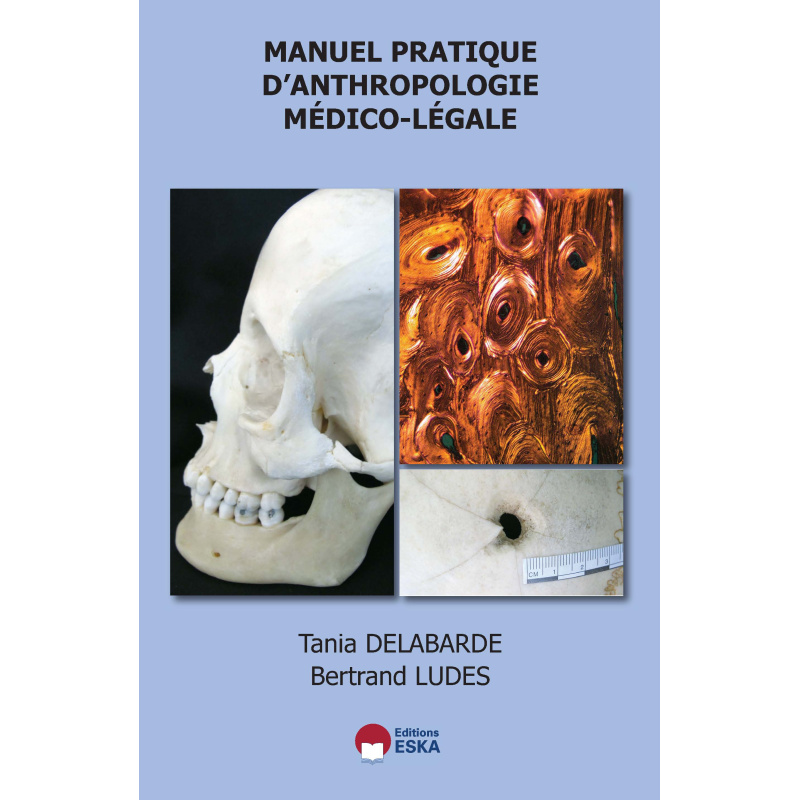



Book in French
Date of publication: February 2014
 Security policy
Security policy
(edit with the Customer Reassurance module)
 Delivery policy
Delivery policy
(edit with the Customer Reassurance module)
This book is for professional of criminal and forensic science and anyone interested in the human skeleton in general and forensic anthropology in particular. From discovery to the lifting body in situ and laboratory analysis, the reader can follow the methodology and technologies used in the analysis of human remains.
By definition hard tissue, bones and teeth are the anatomical elements which best preserved, allowing the study of skeletons dated to several million years or identifying recent victims whose bodies are altered as a result of criminal acts or accidental. The originality of this book is based on updating knowledge and recent work in the various fields of science studying the human skeleton. Serving students and professionals in medical and criminal sciences, this practical handbook includes both theoretical (eg search and location of the body.), Case studies (eg the possibilities of analysis after the discovery of a skeleton in water) and tabs for the major themes (eg. genetic analysis, estimation of post-mortem delay from the bones).
This practical manual written with many French and foreign researchers, enable the reader to find all of the current methods of investigation, never before brought together in one book.
Tania Delabarde is a forensic anthropologist at the Institute of Legal Medicine of Strasbourg and Paris. Holds a PhD in archeology and anthropology, she participated for 10 years in the exhumation and identification work for the victims of conflict in the Balkans for the United Nations and the International Criminal Tribunal for the Former Yugoslavia and Latin America . She continues missions in post-conflict countries armed as a consultant to the forensic unit of the International Committee of the Red Cross. His two main areas of research are locating and lifting skeletonized places of discovery and bone injuries body.
Bertrand Ludes is Professor of Forensic Medicine, Faculty of Medicine, University Paris Descartes and director of the Forensic Institute of Paris. He is head of the DNA department of the National Institute of Blood Transfusion. He is president of the French Society of Legal Medicine and Honorary Dean of the Faculty of Medicine of Strasbourg. His two main areas of research are the identification of individuals by the techniques of molecular biology (DNA) and the diagnosis of drowning vital using limnological analyzes (diatoms).